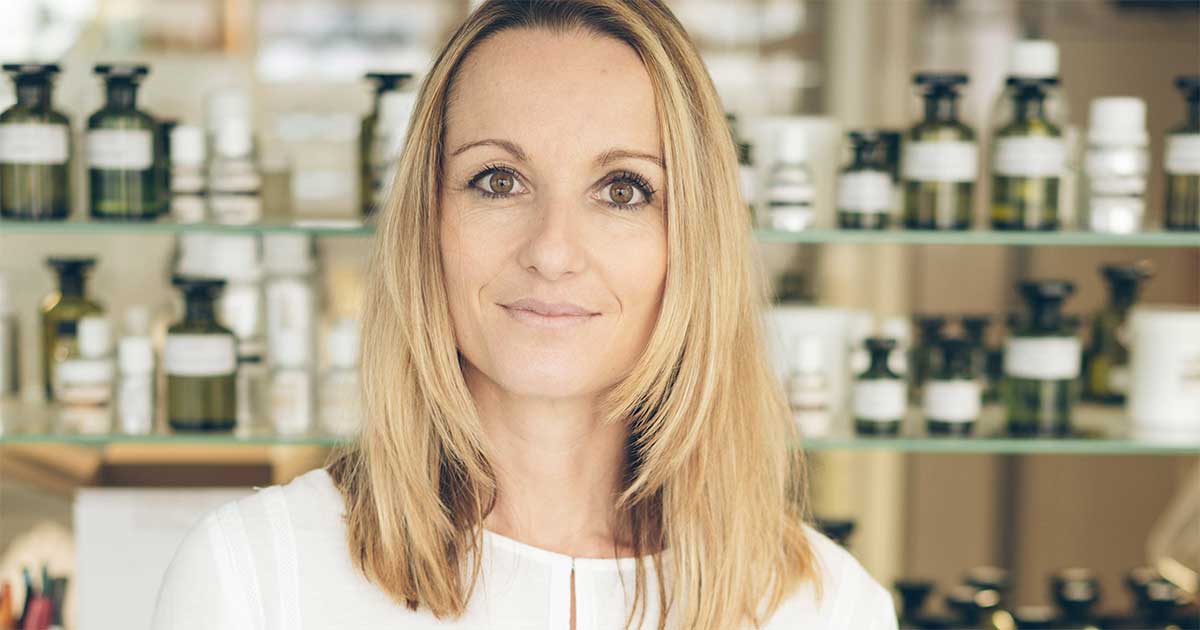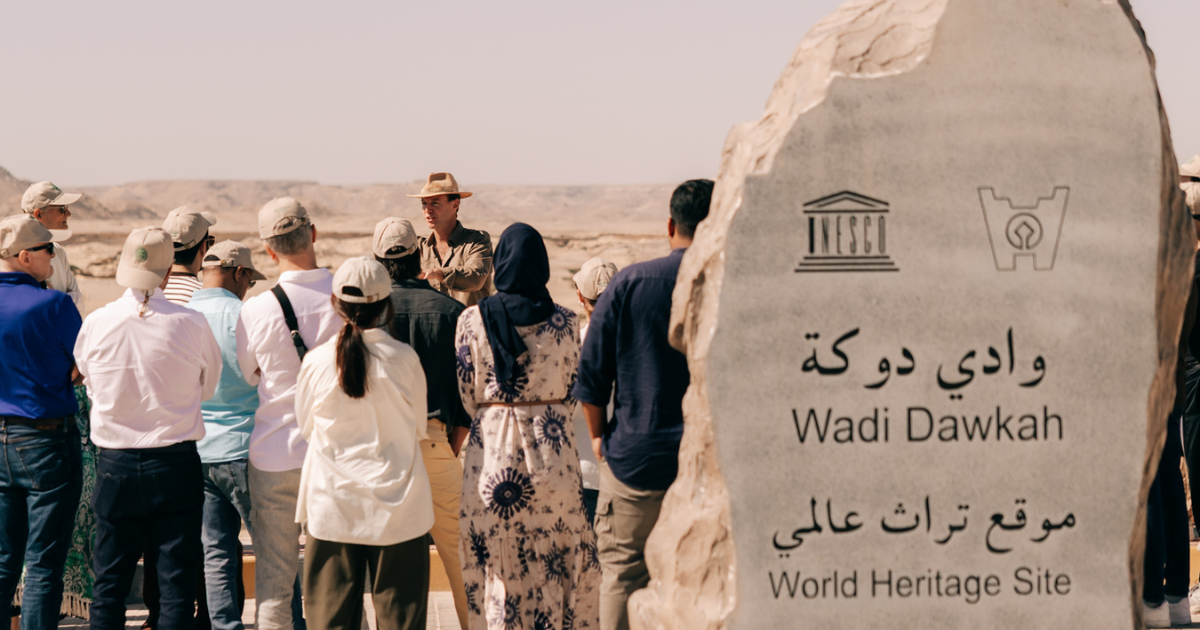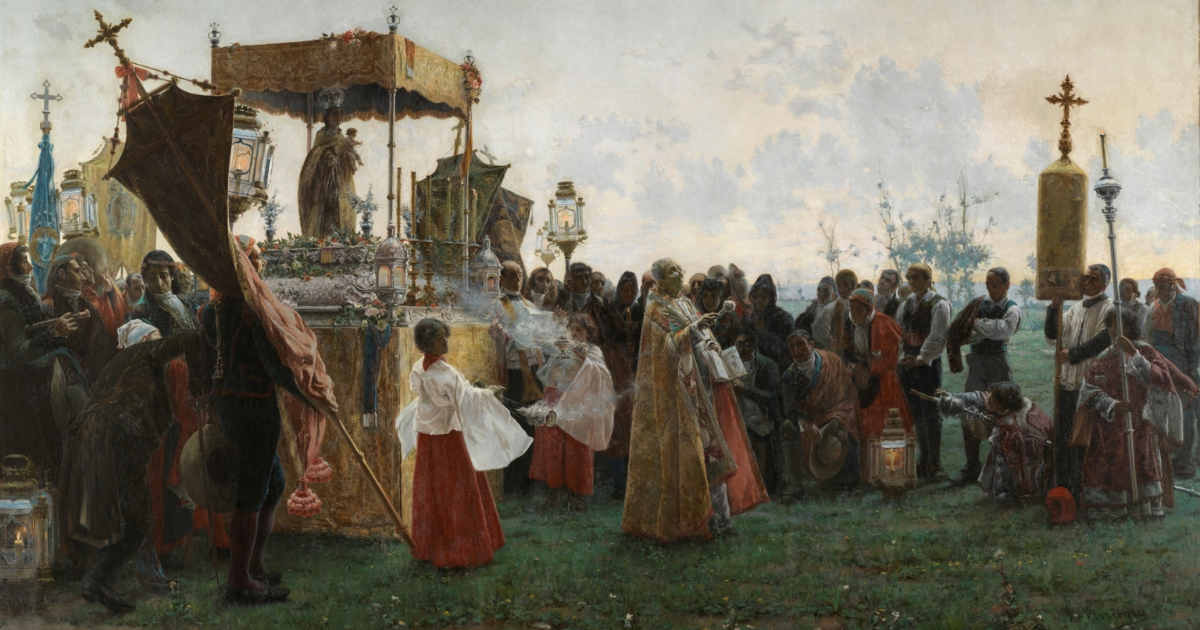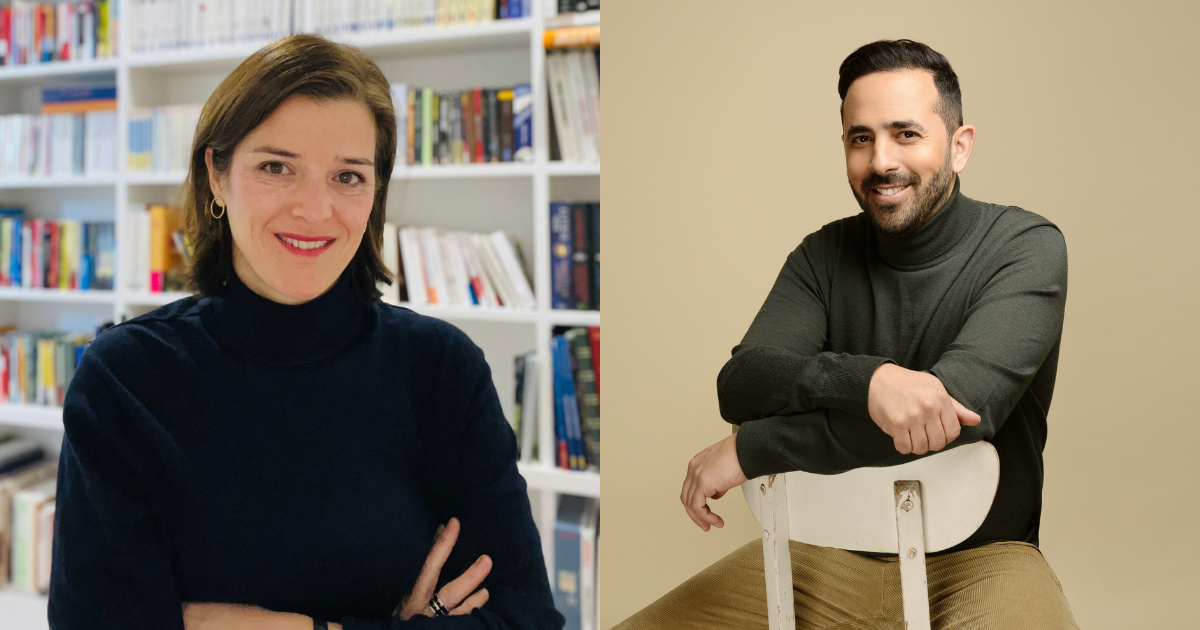Cette publication est également disponible en :
Français
A graduate of ISIPCA, Irène Farmachidi began her career at Laboratoire Monique Rémy (now LMR Naturals by IFF), before joining Dragoco (now Symrise), where she learned the perfume business alongside Dominique Ropion and Maurice Roucel, and then Charabot. In 2011, she moved to Technicoflor. In natural perfumery, her creations include Toï Toï Toï, 28°, Yvonne and Papier carbone for Ormaie. In conventional perfumery, she is responsible for Florentina, Lilylang, Vangelis, Osiris, Virgile and Ozkan for Sylvaine Delacourte, Parfum prodigieux floral and L’Eau exaltante – Rêve de thé for Nuxe, and Patchouli de Minuit and Gaïac Mystic for Givenchy.
What led you to natural perfumery?
I became interested in natural perfumery before my clients began to ask for it. I began my career at LMR, a company specialising in natural raw materials. I wanted to learn how to formulate, and the raw materials available to me were mainly natural. Smelling the fresh distillations of these materials every morning made me want to combine them and that’s how I started! Today, natural perfumes represent 30% of client requests and the curve is exponential.
Do you feel that there’s something special about natural perfumes?
Naturals stir the imagination, conjure up meadows, whole stories. There’s something romantic about it, a vibrancy and a special beauty. But the sign of a good natural perfume is that you don’t realise it’s 100% natural when you smell it. The magic must be in the smell, the quality of the raw materials. Not that I’m belittling conventional perfumes, there are plenty of lovely ones.
How many raw materials are available to you when formulating natural perfumes?
I’ve got 1,000 raw materials in my organ when I formulate a conventional perfume. I use about 300 of them when I follow the ISO 9235 standard [which allows essential oils, concretes, absolutes, resinoids, CO2 extracts, isolates from essential oils such as geraniol or phenylethyl alcohol and ingredients obtained by bioconversion from natural raw materials], even less when I work with Cosmos [a label whose specifications exclude concretes, absolutes, resinoids and ingredients obtained by bioconversion whose production involves synthetic solvents].
How does this reduced palette impact your creativity?
It impacts on it in a positive sense: if you remove the blue from a painter’s palette, there are still lots of colours available, and you can compose a piece of music with a single note. But it does make you really rack your brains.
Some synthetic molecules play a big part in conventional perfumery, how do you manage without them?
The challenge lies in what’s missing. It takes a certain know-how to get around the problems and produce the missing effects, such as marine, musky, woody-ambery notes, or certain green notes. What I try to do is find these facets in other ingredients. It’s now possible to use indole in natural perfumes, as a natural isolate. But it wasn’t always the case, and I missed that particular molecule – for example, if I wanted to create a lily of the valley fragrance – because it’s present in many floral notes. So I used jasmine sambac, which has indolic facets. I’m not going to tell you all my secrets, but to replace musks, I also use naturals that allow me to obtain the same effect. We formulate by using paraphrases, it’s like a game. Little by little, you develop reflexes and expertise, and in the end, it doesn’t take longer to formulate 100% natural perfumes than conventional fragrances: the next time, you can use the same accords.
Aside from the reduced palette, what other major changes affect formulation?
Formulating a natural perfume also means making shorter formulas. What’s the point of mixing too many essential oils together when each of them is almost a perfume in itself?
How did your collaboration with the brand Ormaie go?
I had a lot of discussions with the brand when I was creating their perfumes. As an example, for 28° I was given the theme of summer, the white flowers that you can smell in the south, the monoi that you put in your hair, but also literary references such as the white suns that Rimbaud spoke about or the heat at the beginning of Camus’ The Stranger. Only the beauty of the creation mattered, no matter the price – a perfumer’s dream!
Do you work with different concentrations in natural and conventional fragrances?
Generally speaking, we tend to use fewer naturals because the ingredients are more powerful. There’s also a question of cost: 100% natural concentrates are often more expensive than conventional ones. I can’t give you a price because there can be a huge difference from one perfume to another, just like in conventional perfumery.
Natural perfumery is booming right now. How do you see its future?
I think that it will continue to develop but won’t become mainstream, a bit like organic food: we mustn’t forget that 100% natural products are more expensive and that there are other lovely perfumes. In a broader sense, I believe in the development of responsible products. At Technicoflor, we pay particular attention to the sourcing of our natural raw materials and the biodegradability of our ingredients.
—
- Follow Irène Farmachidi on Instagram : www.instagram.com/irene_farmachidi.perfumer
Natural perfumers – Summary
- Introduction, by Jeanne Doré
- Hiram Green: “If people want to buy my perfumes, it should be because they like their smell“
- Caroline Dumur: “Without synthetics, you have to learn to formulate differently”
- Delphine Thierry: “To formulate 100% natural perfumes, I set aside almost everything I’ve learned so far”
- Isabelle Doyen and Camille Goutal: “For us, 100% natural is a perfumer’s challenge rather than a marketing position.”
- Serge de Oliveira: “Most clients want natural perfumes that are just like conventional fragrances”
- Irène Farmachidi: “In 100% natural perfumery, we formulate by using paraphrases, it’s like a game”
- Mandy Aftel: “Mixing a bunch of natural ingredients in a bottle does not produce a perfume”
- Our selection of natural perfumes
- The many facets of natural perfumery
- Natural perfumes: conclusion and a few thoughts








Comments